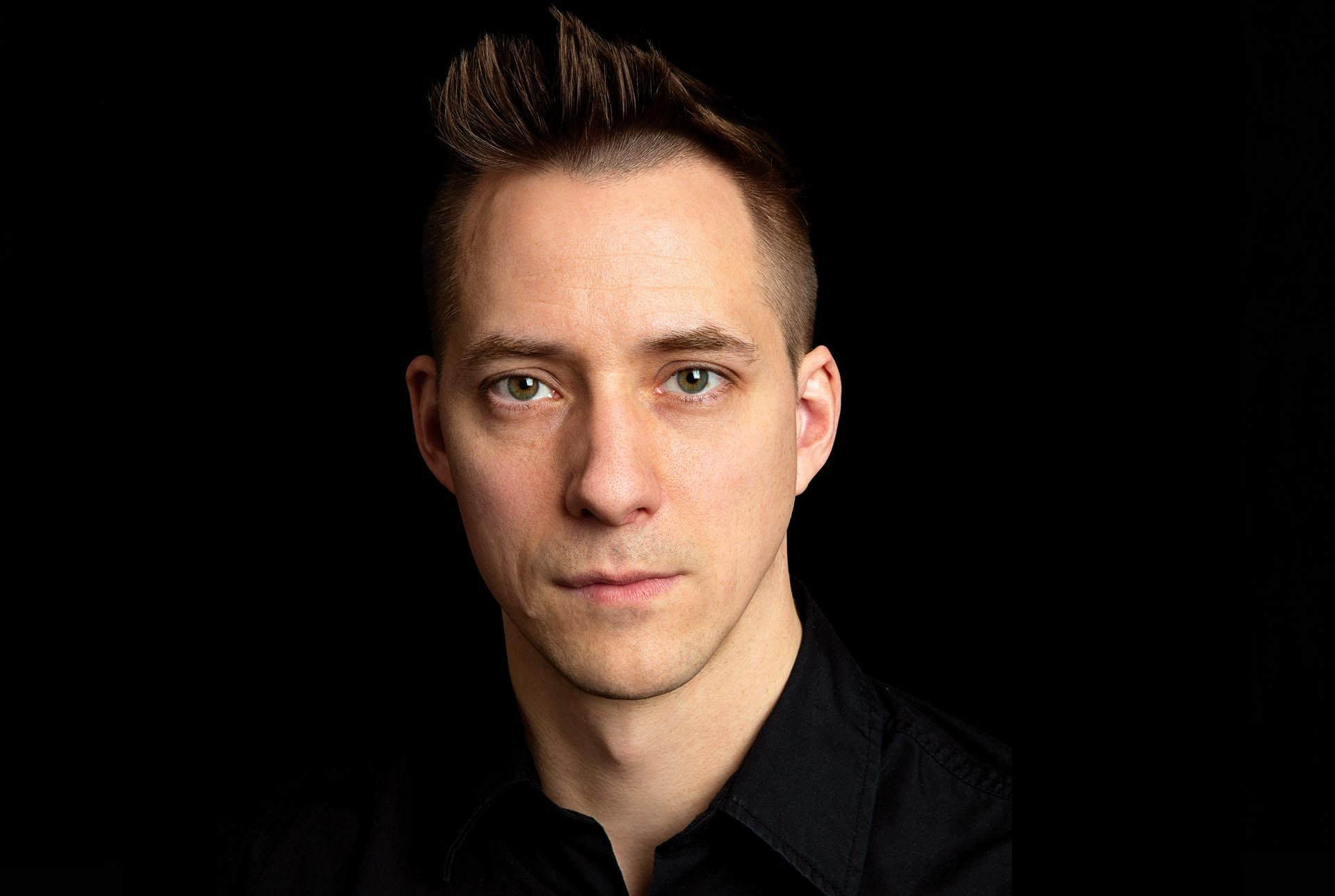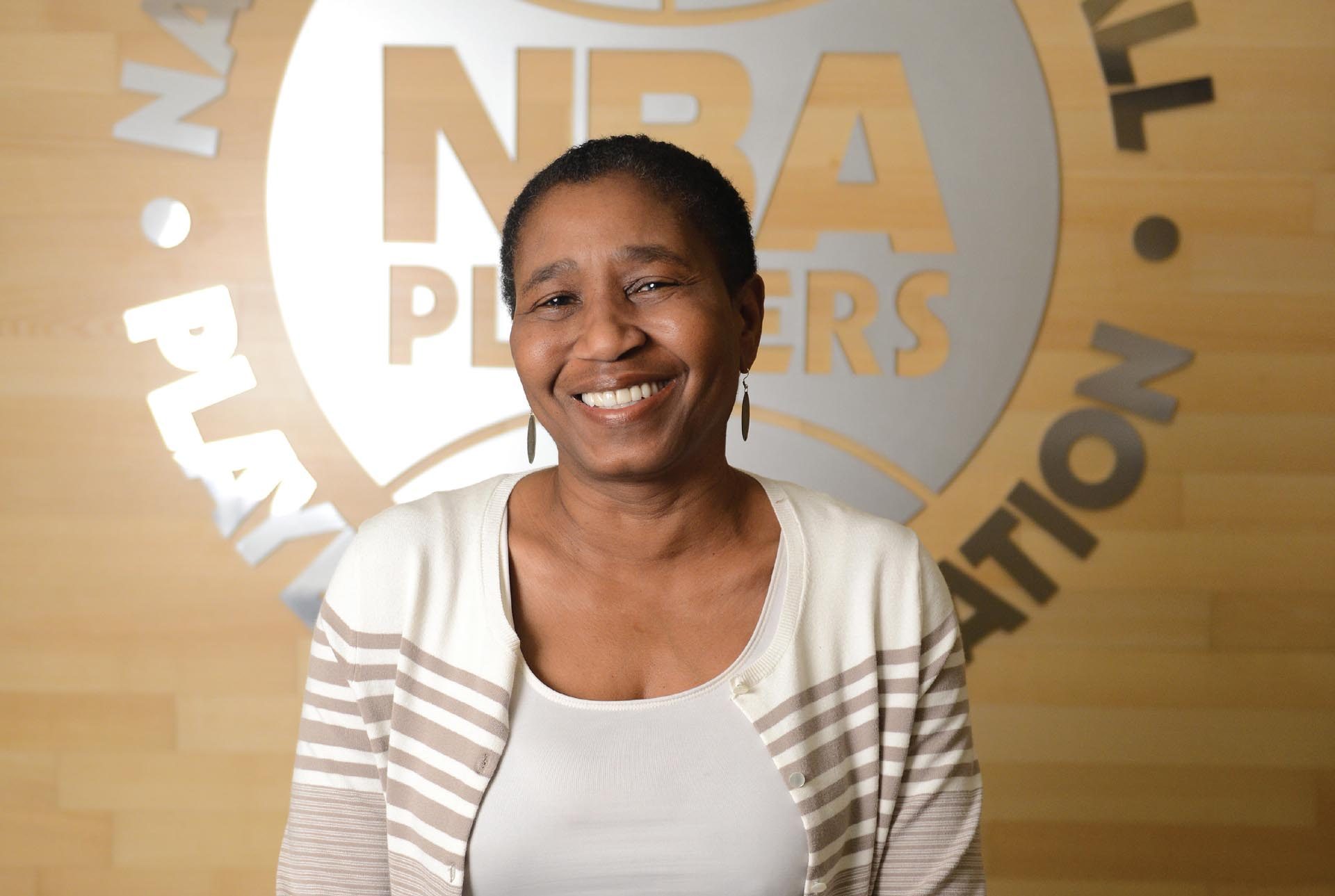Risky Business: Decoding the Neurological Underpinnings of Addiction

Assistant Professor of Psychology Mike Robinson is looking to the brain to investigate the science behind risky decision-making, its link to addictive behaviors, and a more compassionate approach to recovery. Photo by Robert Adam Mayer
Having “just one more” drink knowing you’ll regret it tomorrow. Placing yet another bet after multiple losses because you’re “due” for a win. Skipping a meal (or two) because you feel fat. Taking a narcotic to manage your pain.
These are common enough behaviors that people might try at one time or another, often with minimal or short-lived consequences. But when the frequency and compulsiveness of these behaviors tip out of balance with our rational ability to control them, a more serious problem emerges.
From his lab in Judd Hall, Assistant Professor of Psychology and Neuroscience & Behavior Mike Robinson and his team of student researchers are using optogenetics, statistical data, and obesity-prone rats to investigate the science behind risky decision-making and its link to addictive behaviors; research for which he was recently awarded a two-year $100,000 National Institute on Drug Abuse (NIDA) grant. Robinson looks toward specific areas of the brain for answers and examines the myriad ways our brains can be manipulated to make ill-advised choices that we know go against our best interests.
At the root of the issue is the delicate balance between the areas of the brain that control cognitive planning (cortical areas of the frontal cortex) and those that control subconscious urges (subcortical areas such as the amygdala). It’s the interplay between “impulse” (I want a cookie) and “judgment” (but one is enough)—a constant conflict that we all experience innumerable times a day and that dictates our behavior. But what happens when the balance is skewed and impulse begins to win out all of the time?
“We make tons of decisions every day, most of them benign and with little to no lasting consequences—like what we’re going to have for lunch,” Robinson explains. “Addiction grows out of repeatedly making choices that bear some degree of risk and have known detrimental outcomes. What defines addiction is the compulsion to make that risky choice—even as the risks get higher and worse. That’s the issue.”
Features of addiction research also play a prominent role in the courses he teaches (Motivation & Reward; RM in Animal Research; Intro to Neurobiology; and Gambling, Drugs, and Junk Food), in which students not only learn the concepts behind neuroscience and behavior, but also get in-depth hands-on training in animal research and collaborate with Robinson on studying the behavioral neuroscience of motivation and reward (often earning a byline in the published results).
The work they are doing in the classroom and the lab brings clarity to concepts that commercial entities exploit (e.g., the use of cues such as flashing lights, celebratory sounds, and stacked bets to make gamblers feel as if they are winning, even when the payout is less than the amount wagered) and also gives hope for change in the way in which we approach treatment of addiction and behavior disorders.
Whether it’s gambling, diet-induced obesity, or drug addiction, understanding what areas of the brain are involved in making a behavior become problematic and the individual differences in how we react to cues can raise awareness as to what situations may put people at greater risk for abuse and open the door to more targeted therapies for treatment. Treatment that Robinson warns needs to be accompanied by a healthy dose of compassion and a shift in how our society views individuals suffering from addiction.
“The compulsive nature of addiction makes it tempting to view addicts as having no agency. They do have agency, but it’s just really fraught. And they need help with it. It’s a constant battle and they will often fail. But if they can stick with it, and someone can keep helping them and pick them up and say, ‘That’s fine. We’ll keep at it.’ Then there’s a chance.”
Top 5 Myths about Addiction
- It’s all about pleasure – Initial drug use might be driven by pleasure, but as drugs are taken more and more, the pleasure aspect goes down (often replaced with misery) even as the urge to take the drugs grows.
- It’s a habit that just needs to be kicked – “To the brain, a habit is just the ability to carry out repetitive tasks in an efficient way. Tying shoelaces could be called a habit, but very few of us become ‘addicted’ to tying our shoes.”
- Addiction persists because overcoming withdrawal is too difficult – Most withdrawal symptoms subside after two weeks and many drugs produce only mild withdrawal symptoms, yet relapse is the norm.
- It’s about a specific substance/activity/reward – Those who experience repeated exposure to one addictive behavior can develop a hypersensitivity that actually makes them more susceptible to other addictive behaviors as well.
- It’s a choice – Addiction hijacks brain pathways that control decision-making and exacerbates unconscious craving for reward; it’s not about well-considered thought or rational judgment.
Mike Robinson is assistant professor of psychology; assistant professor, neuroscience and behavior; and assistant professor, integrative sciences. See “Online Exclusives” for a behind-the-research Q&A with Professor Robinson. For more information on Robinson’s research and courses, visit the Robinson Lab website.



